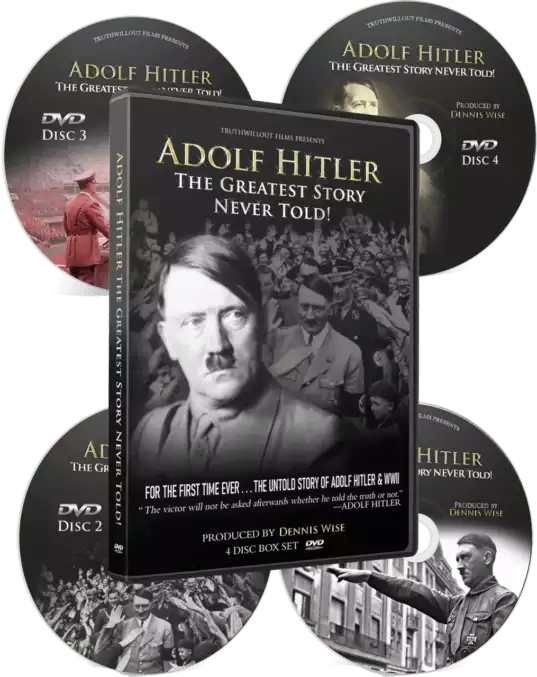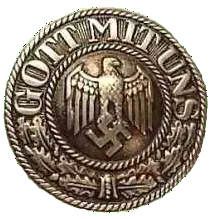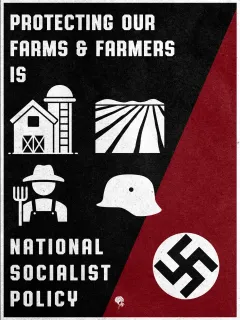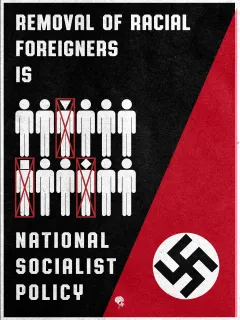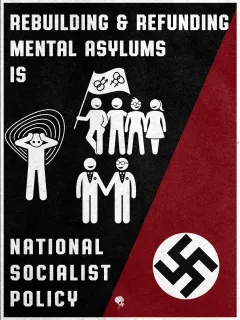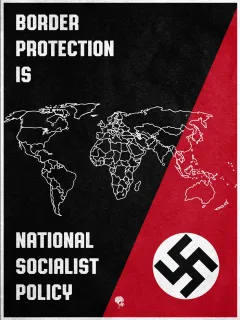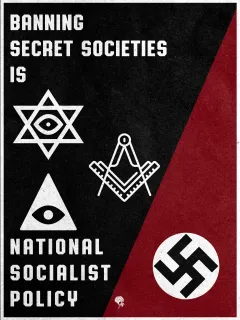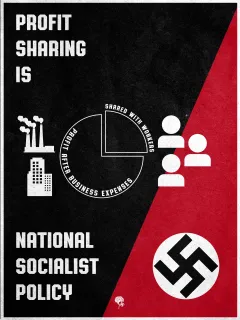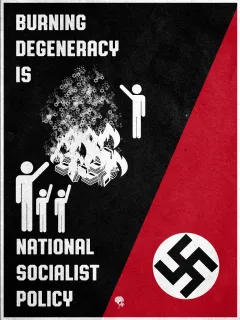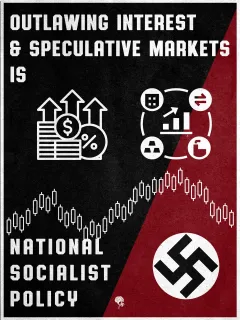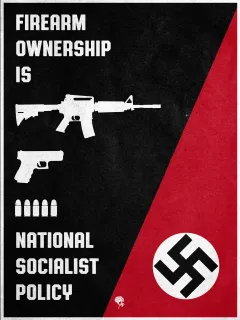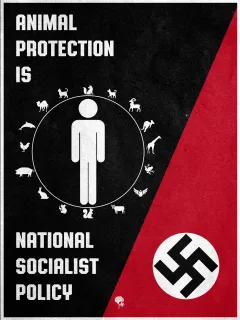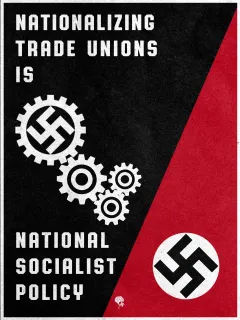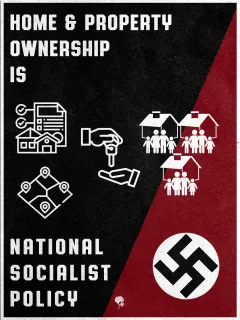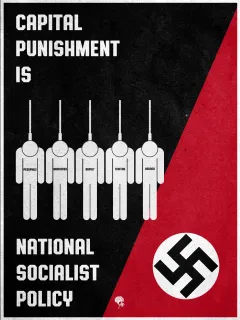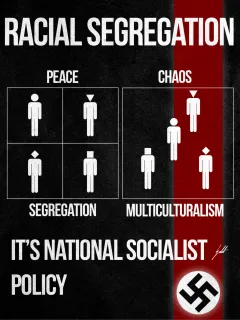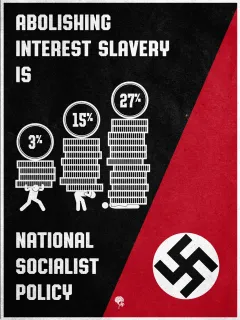Jews in Russia - The Social Structure of Russian Jewry
The Social Structure of Russian Jewry
Owing to their money the Jews were able to join merchant guilds of the First Rank and receive the highest education, if not in Russian schools, then in the schools of foreign countries. These circumstances enabled the Russian Jewry to free itself from or to by-pass most limitations. In fact the social elite of Russian Jewry were not affected by the limitations and did not suffer from them.
But, besides the social elite, the Russian Jewish masses, which numbered more than five million, had within itself the middle class, the petty-bourgeoisie and the proletariat.
The middle class and the petty-bourgeoisie were almost exclusively merchants and intermediaries (middle-men), beginning with those whose business enterprises were in the thousands of rubles and ending with those who owned small business establishments. This group also included numerous Jewish artisans, from those who had their own workshops with hired workers to those with the itinerant "tinsmiths", "watch-makers" and "glass-cutters".
Having inborn abilities for trade and intermediary activities' the Jews almost completely forced out the non-Jewish tradesmen and artisans from the cities and towns of the "Jewish Pale" and also to a great extent from other places outside of the "Jewish Pale". This was possible because the
Jewish artisans and various specialists were allowed to live anywhere in Russia.
In the years preceding the First World War, in many cities and towns in Russia, nothing could be bought in stores, from Friday evening to Saturday evening: all tradesmen were Jews, whose religion forbids trading on Saturday.
The Russian Government, which is blamed by so many for the oppression of the Jews, treated this situation tolerantly and did not force Jews to trade on Saturday.
The non-Jewish population adapted to this phenomenon and there were no conflicts over this situation.
Besides the cities and towns, where the majority of the Jewish population dwelled, usually two to three Jewish families also lived in each village of the "Jewish Pale". These families operated variety stores where they used to buy up peasant produce t like eggs, poultry, wool and bristle. These Jewish families lived quite isolated lives, strictly keeping with the Talmudic rituals, and not only did not mix with the native population, but also did not even associate with them, except in business deals.
Side by side with the big, middle and petty-bourgeoisie, artisans and the people of free professions, Russian Jewry also had large numbers of proletariat, living in the cities and towns of the "Jewish Pale".
This proletariat, or a considerable part of it, eked out a miserable existence, working in the various capitalist enterprises of light industry or making both ends meet in petty-brokerage and intermediary services.
In their mode of living this Jewish proletariat also lived an isolated life, like all the other Jews.
Only the representatives of the free profession, including doctors, lawyers and journalists, and the social elite went outside, to a considerable extent, of the secluded circle of the pure Jewish mode of living, and if did not mix, then they closely associated with the surrounding native population.
However the main bulk of the Jewish population within the "Jewish Pale" as well as outside of it, kept closely to the precepts of their antiquity. They had a rare unity and harmony which preserved and protected them.
Because of such harmony, the whole Jewry of Russia, regardless of their sharp social stratification that usually leads to class differences was one monolithic whole. In all non-Jewish questions, all Jews from millionaire to beggar reacted unanimously.
Right up to the Revolution of 1917 t all the Jews were dissatisfied that some limitations for their coreligionists still existed in Russia. That is why they all supported and even took an active part in the All-Russian political parties, striving to change the existing social and political order in the country. Some Jews were inclined to the evolutionary reform method of changing the order; others preferred the revolutionary method and with their entire ardor rushed into the revolutionary parties and quickly occupied commanding positions.
Afterwards, when the revolution came and underground activists, agitators and propagandists who were former exiles became rulers of Russia's destiny, this feeling of interconnection and the unity of the whole Jewry saved the life of the members of the Jewish big bourgeoisie. Their fellow tribesmen occupied many ruling positions in those bodies of power, which could, according to their own judgment, have a free hand with the lives of Soviet citizens.
There were virtually no cases of the extermination of the representatives of the biggest Jewish bourgeoisie and the persons of free professions. But the extermination of the non-Jewish bourgeoisie, in the years of terror, was the order of the day.
Of course, the revolution and the abolition of private property could not bypass the Jewish capitalists and proprietors. Their capital was nationalized equally with all the rest and they suffered materially as well. But these losses were compensated by the surpluses which Jewry, on the whole received from the revolution.
The revolution of 1917 brought to all the Jews of Russia not only equality, but also, in fact, a privileged position and many of them were elevated to the position of important personages on a country-wide scale. To deny this means to deny all the known facts, which are not disputed even by the Jews.
The facts are too striking and too obvious. With equality, and even privileged positions, new possibilities opened for Russian Jewry, possibilities that were fully utilized by them in the first thirty-five years of Soviet rule.
The participation by Jews in all the spheres of economic, political and cultural life of Russia, renamed the USSR, was inversely proportional to their number in the country.


